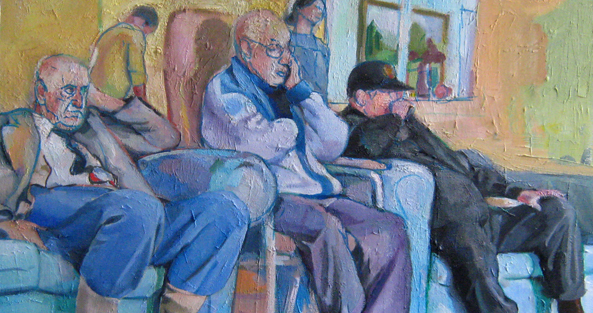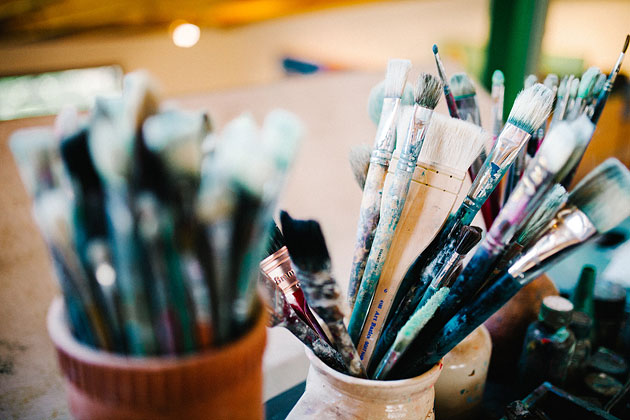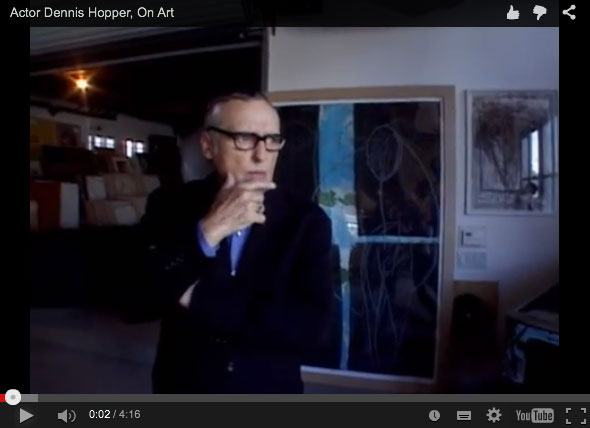Recently Mike and I watched a quirky little documentary called “Who the #$&% is Jackson Pollock?”. It follows a female truck driver from California who purchased a painting from a charity shop for $5 that could be a Jackson Pollock original worth millions.
Paul Biro, a forensic art expert used by several international museums, matched a fingerprint on the piece to other Pollock paintings and paint samples to his studio, but art dealers and Pollock experts refuse to acknowledge the unsigned, undocumented painting. Without expert authentication a high-priced sale is unlikely.
While your art purchases are likely to be more conventional, good documentation of your collection is important.
What is provenance?
“Provenance, from the French provenir, ‘to come from’, refers to the chronology of the ownership or location of an historical object.” – Wikipedia
That could mean passing through generations of one family; changing owners several times via art auctions or dealer sales; famous collections it’s been in; and so on.
What documentation do you need to keep?
Even if your purchase is not in the Jackson Pollock league just yet, keeping good records is worth doing. Not every artist will return millions to your descendants but even a modest gain from a well-documented piece would justify your investment.
Create a small hardcopy file for your artwork and add as many of the following as you can:
Your receipt of purchase
Where you bought it
Exhibition catalogue; price list; gallery brochure; artist brochure or business card
Any details you have about the artist
Where are they are in their career? Was this his first solo show or his 15th?
Any details you’ve been given from the artist or dealer about the artwork
What is the subject; where was it created; has the artist written a statement about the piece?
Any reviews written about the artwork
A photo of the artist
If you buy a piece at auction keep any documentation that is supplied
What if you bought a painting years ago and have no records?
In the past young artists may have sold work to friends and family with no thought for documentation or future sales (now that artists are entitled to resale royalties it is probably less common).
You can still write down everything you remember about the purchase.
If the artist is still living, the age of the internet makes it easier to track them down. Contact him or her and ask for a signed statement or description of the artwork for documentation purposes.
Having said all that, Michael is probably guilty of providing little documentation for his early work too!
If you have a Knight original and would like some signed paperwork send us an email and Michael will happily provide some details.
References:
Bamberger, A. How to Collect Art like a Pro – Building a Collection, www.artbusiness.com, accessed 4 January 2012, http://www.artbusiness.com/collectpro.html.





Dear Michael,
Hope you’ve settled back in East Freo without any problems.
I’m writing because I saw that you’d mentioned Paul Biro, a forensic art expert on your web site. I thought you may be interested to know that he
lives a couple of streets away from me. I once took singing lessons from his very nice wife who also has a business making wedding dresses.
I love your work. The paintings are so colourful and the landscapes of Western Australia and others are so evocative of the Wide Brown Land.
When I speak to Glen I’ll catch up on your news.
Love Rosalind